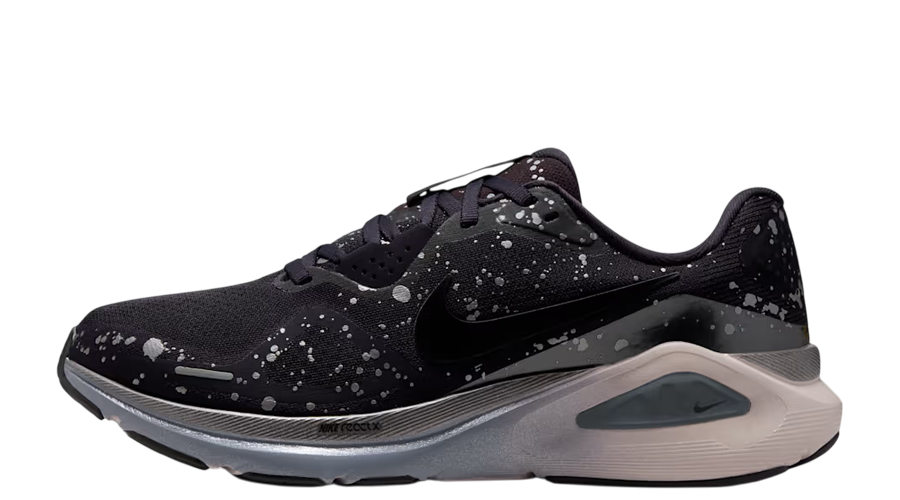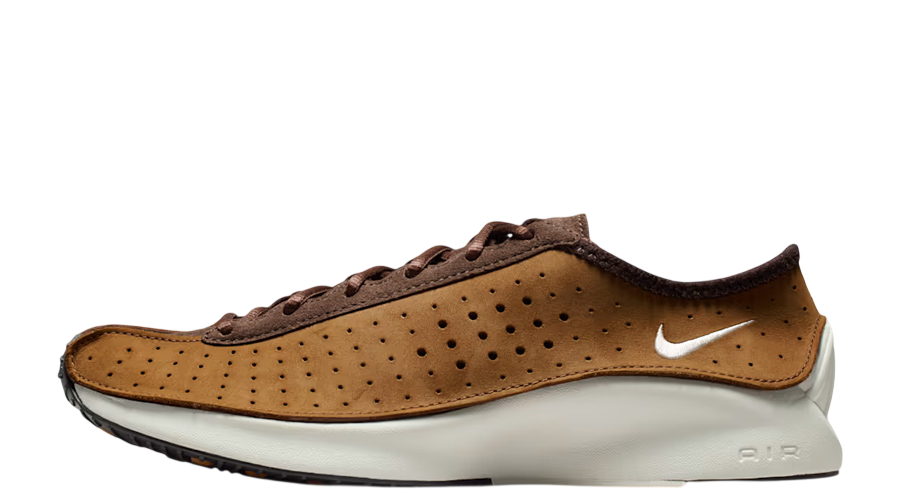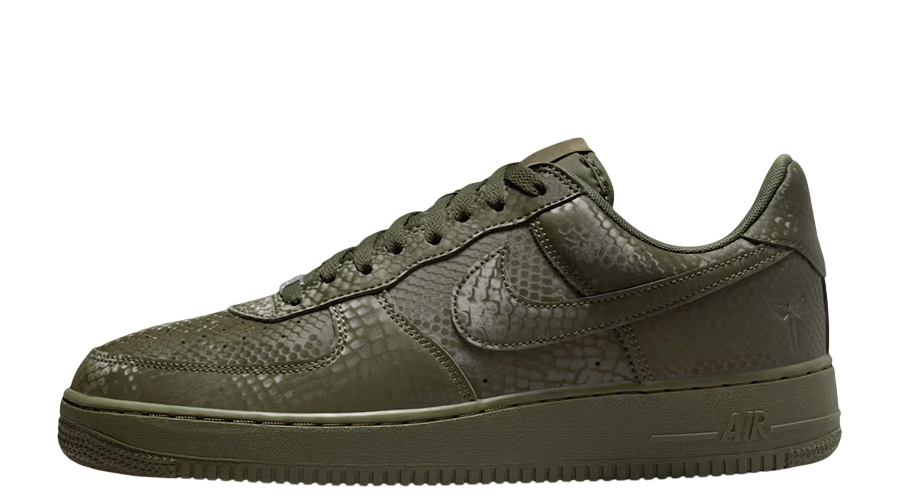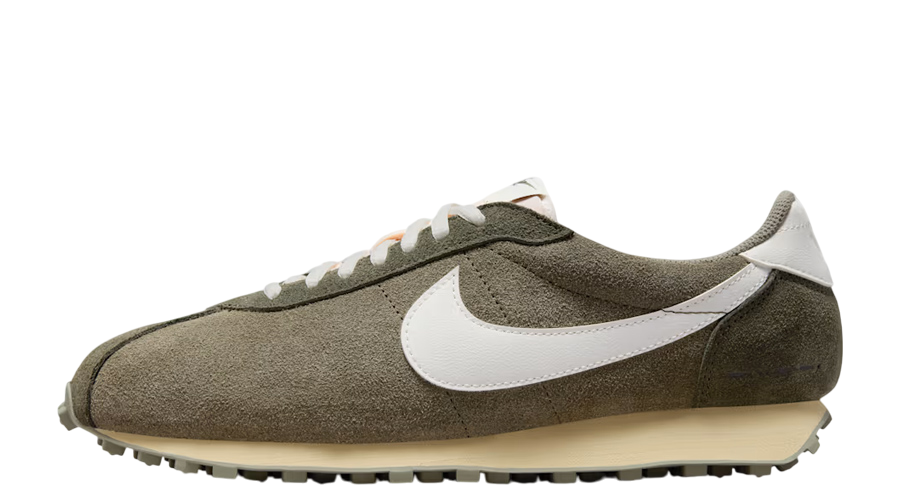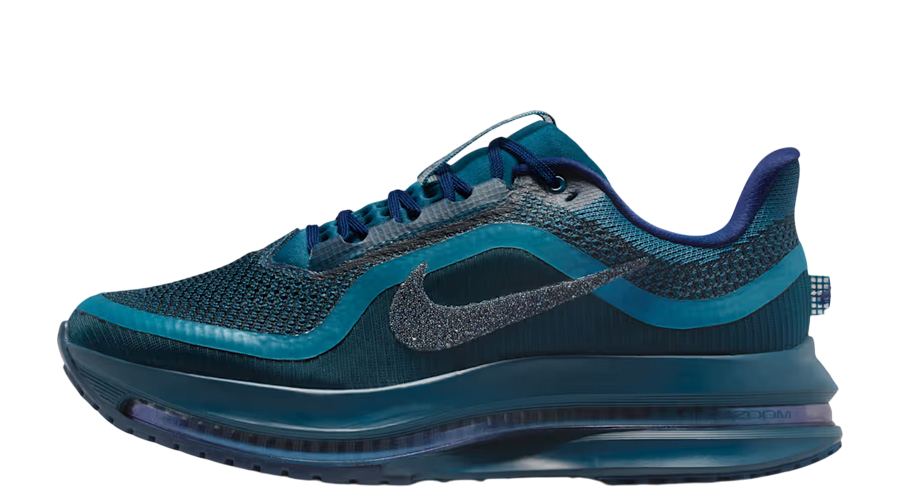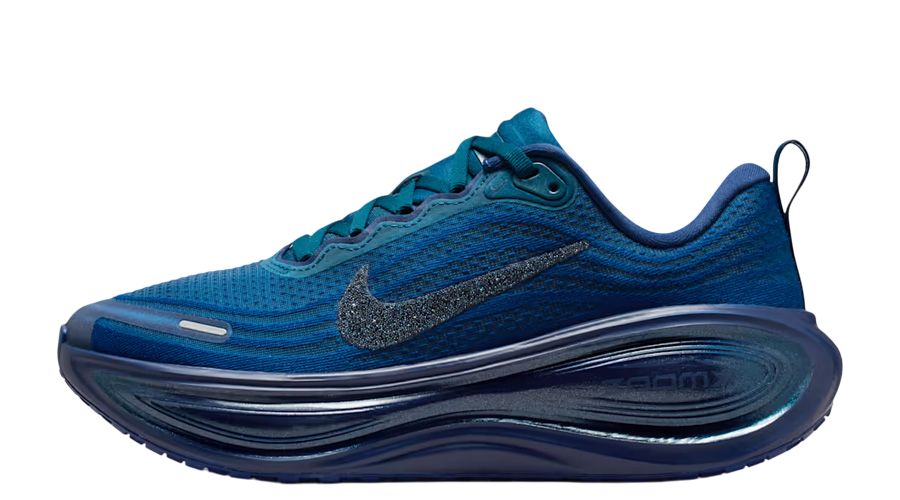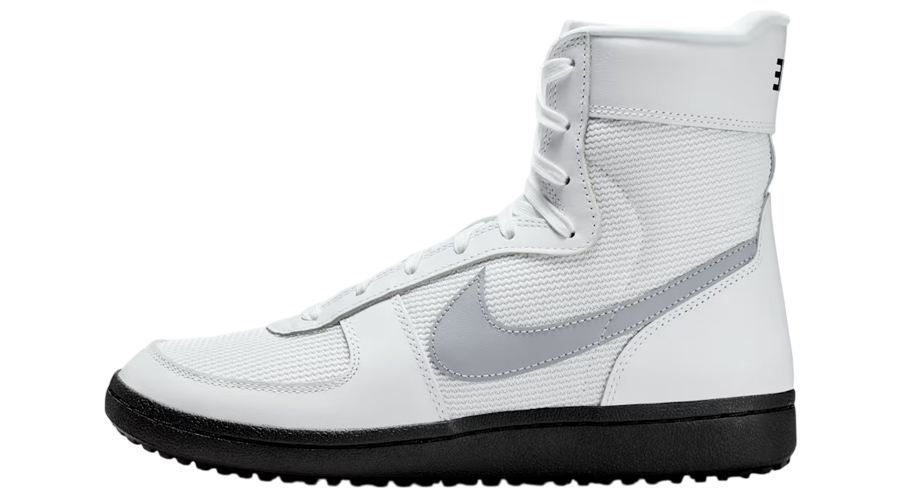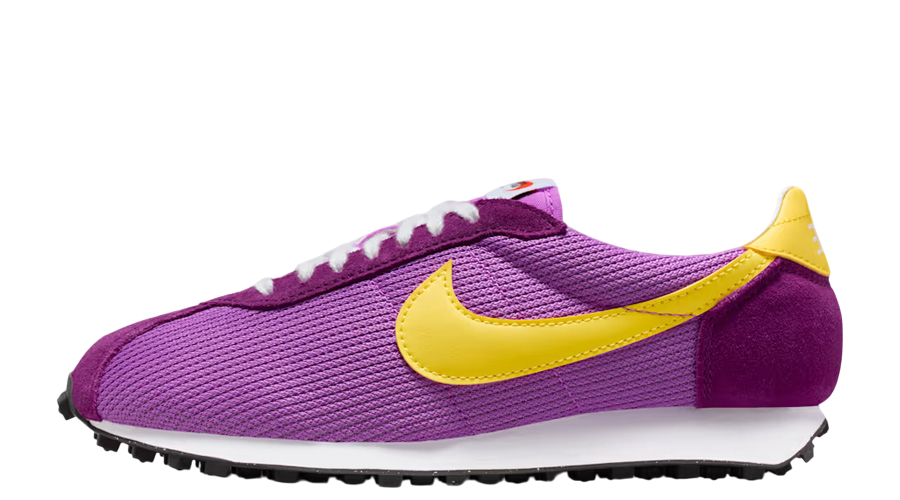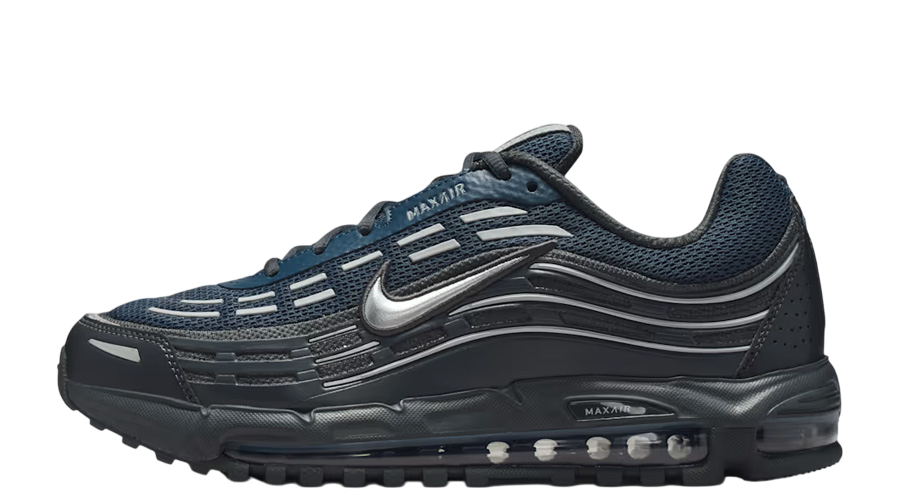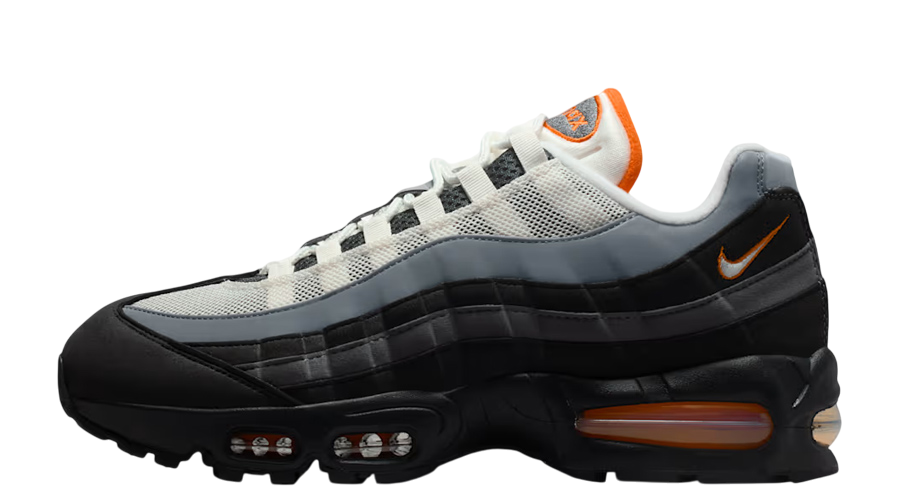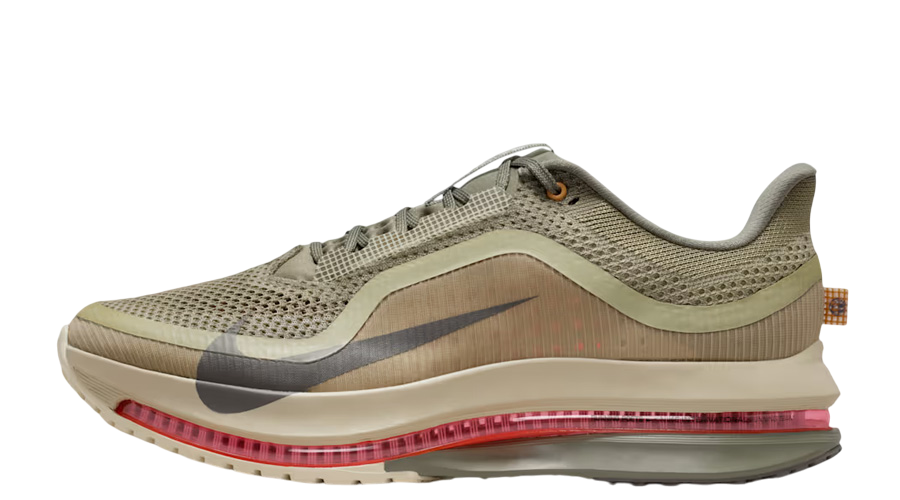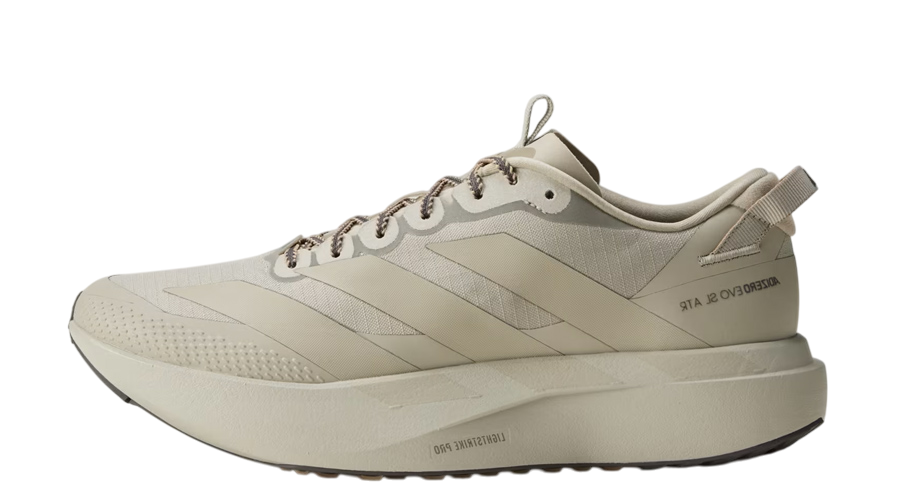How Do You Prevent adidas Ozweego Laces From Coming Loose?
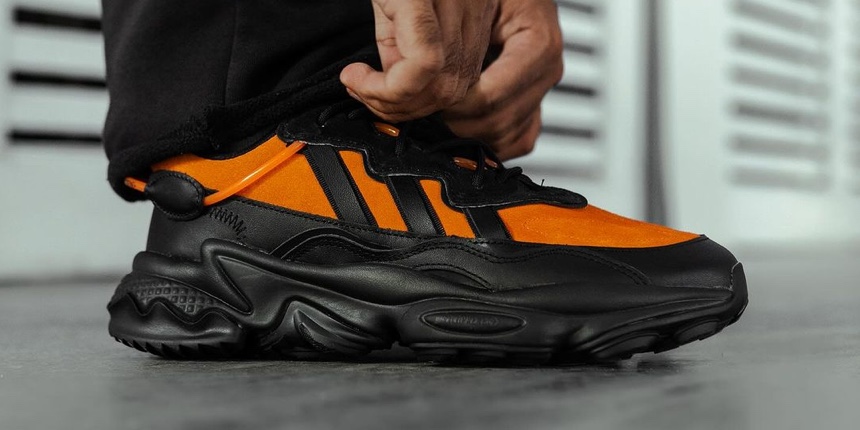
Nothing can be more frustrating than having to constantly retie your adidas Ozweego laces, especially when they seem to have a knack for coming loose at the worst moments. This common issue can disrupt not only your look but also your comfort and overall enjoyment of the sneakers.
Imagine heading out for the day, only to find your laces have come undone mid-stride, leaving you annoyed and uncomfortable. This situation is all too familiar, but the good news is there are practical solutions that can help keep your laces securely in place, and we’ll explore all of these in this guide.
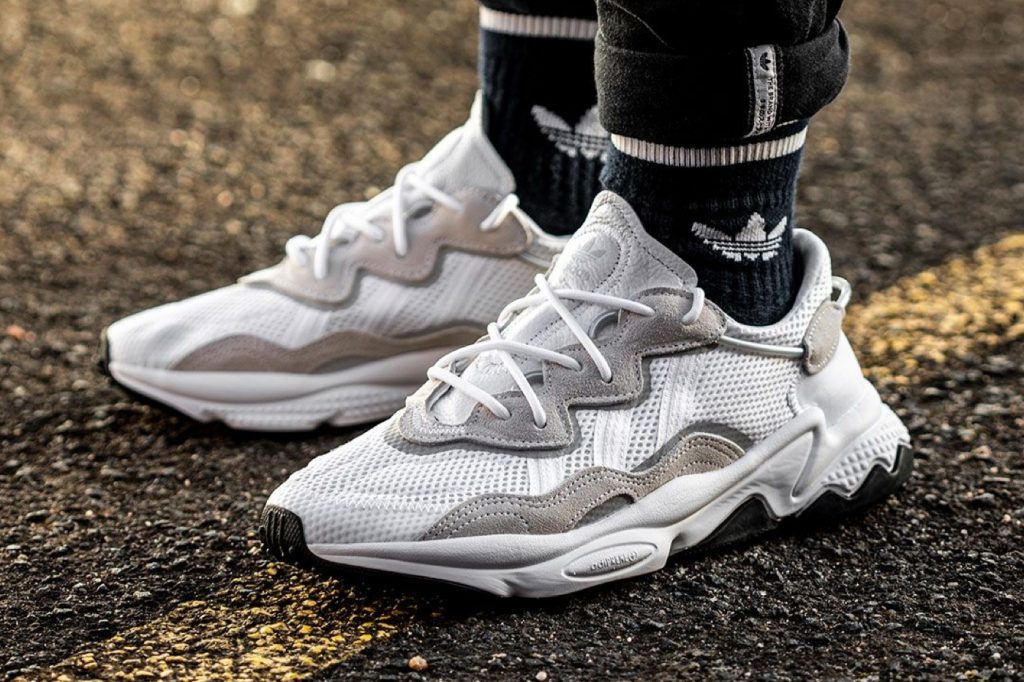
Why Do Your Laces Come Loose?
Loose laces can be a persistent issue, often due to material quality, lacing techniques, or physical activity. Identifying these causes and implementing effective solutions can help keep your laces securely in place:
1. Poor Lace Material
Cause: Some laces are made from slippery materials that make it difficult for knots to stay tight. Glossy or slick laces can come undone quickly, requiring constant re-tightening.
Solution: Choose laces made from textured or braided materials that provide a better grip. Laces with a waxed or rubberized finish offer enhanced stability. Brands like Lock Laces or cotton-based laces are known for their superior grip and knot security.
2. Improper Lacing Techniques
Cause: Incorrect lacing methods can lead to loose laces. Common issues include improper knotting and uneven lace tension.
Solution:
- Granny Knot: This knot is a commonly used technique and can be effective when tied correctly. However, it often causes problems because it can become unbalanced. When both the Starting Knot and Finishing Bow are tied in the same direction, the knot tends to sit crooked, making it prone to coming undone.
Correct Approach: To turn the Granny Knot from a potential issue into a reliable method, adjust the direction of your Starting Knot. If you’re used to tying right-over-left, switch to left-over-right. This simple adjustment helps balance the knot’s twists, enhancing its stability and reducing the likelihood of slippage. - Incorrect Knotting Method: Knots that are too loose or lack friction can lead to slippage.
Solution: Use reliable methods like the “Reef Knot” or “Square Knot.” Tie the Starting Knot firmly and cross the laces properly to form a balanced bow. These knots ensure even tension and secure the laces effectively. - Uneven Lace Tension: Uneven tension across the laces can cause instability and slippage.
Solution: Implement the “Lock Lacing” technique. Thread the laces through the top eyelets, loop them around, and pull them tight to create even tension across both sides. This technique prevents uneven pressure and helps keep the laces secure.
3. Physical Activity
Cause: Vigorous activities such as running or intense workouts can put extra strain on the laces, causing them to come undone due to increased movement and flexing.
Solution: Use lacing techniques designed for stability, such as “Heel Lock” or “Lock Lacing.” These methods provide extra friction and secure the laces, reducing the likelihood of them loosening during physical activity.
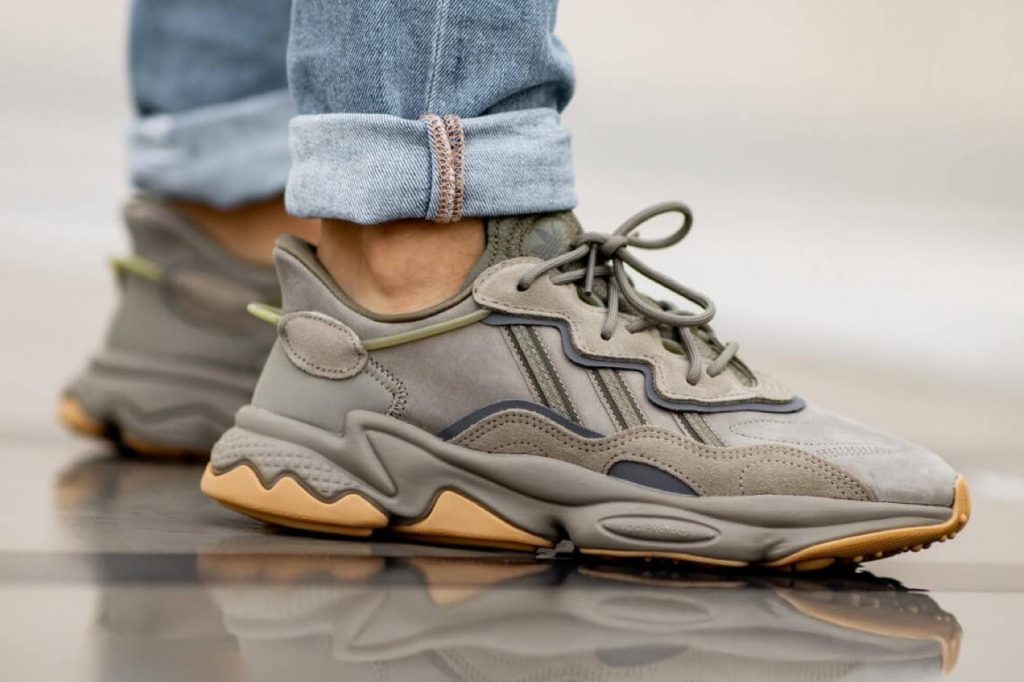
How Long Should Your Laces Be?
Choosing the right length for your laces might seem like a small detail, but it can significantly impact how well they stay tied. Properly sized laces not only enhance the overall look of your Ozweegos, but also contribute to keeping those knots securely fastened. Here’s why lace length matters and how you can find the perfect size for your shoes.
The Impact of Lace Length
The length of your laces affects their performance in several ways:
- Secure Knotting: Laces that are too short may not provide enough length to tie a secure knot, leading to frequent adjustments. Conversely, laces that are too long can cause excess looping, which might make the knots prone to slipping.
- Tying Techniques: The right length complements various tying techniques, like “Lock Lacing” or “Heel Lock,” which require additional length to create a snug fit and prevent slippage during activities.
To help you select the right lace length for your shoes, use this guide based on the number of eyelets:
| Pairs of Eyelets on Shoes | Shoelace Length (IN) | Shoelace Length (CM) |
| 4 – 5 eyelets | 33 in | 84 cm |
| 5 – 6 eyelets | 45 in | 114 cm |
| 6 – 7 eyelets | 54 in | 137 cm |
| 7 – 8 eyelets | 63 in | 160 cm |
| 8 – 9 eyelets | 72 in | 183 cm |
| 9 – 10 eyelets | 84 in | 213 cm |
| 10 – 11 eyelets | 96 in | 244 cm |
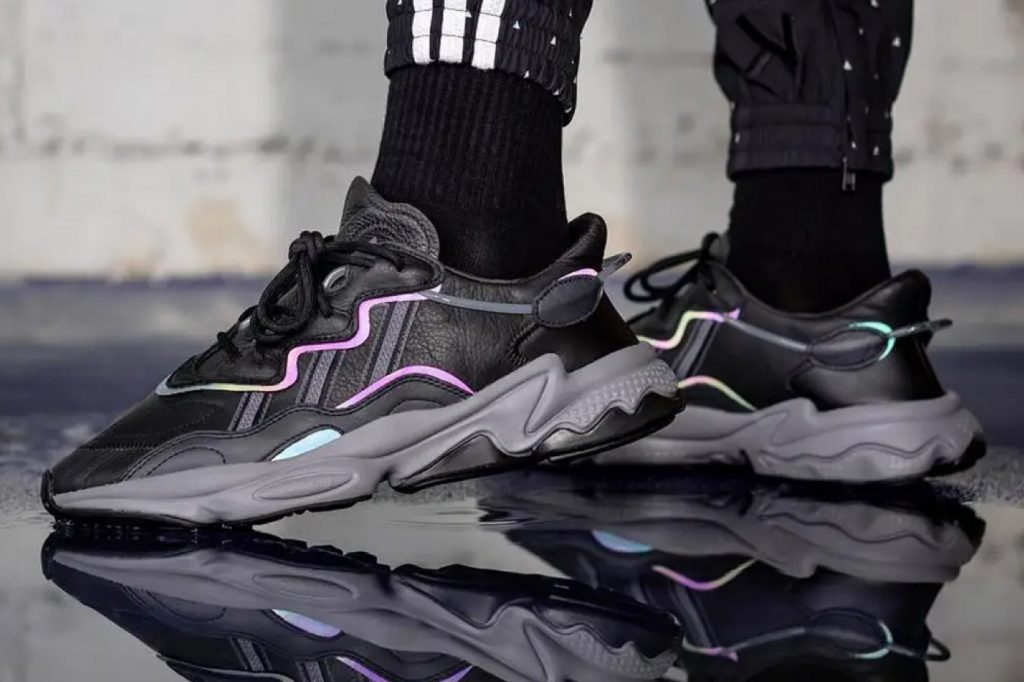
What Can You Use to Keep Your Laces Secure?
When it comes to keeping your laces securely tied, there are a variety of accessories designed to enhance their performance and prevent common issues. These accessories can make a significant difference, especially if you’re dealing with particularly stubborn laces or just want to add an extra layer of security. Let’s dive into some popular lace accessories and how they can benefit you:
1. Lace Locks
How They Work: Lace locks are small devices that slide onto your laces and lock them in place. They work by clamping down on the laces, preventing them from loosening or slipping.
Benefits: Lace locks offer a secure fit without the need for constant retying. They’re especially useful for athletic shoes, where movement and activity can cause laces to come undone.
When to Use: Ideal for sports and high-intensity activities, lace locks are also great for people who prefer a no-fuss approach to shoe lacing.
Recommendations: Brands like Lock Laces and Hickies offer reliable lace locks with various designs and colors to match your style.
2. Aglets
How They Work: Aglets are the small plastic or metal tips at the end of laces that prevent fraying and make threading through eyelets easier. They also help maintain the lace’s shape and stability.
Benefits: Aglets protect your laces from fraying and make them more durable. They ensure smooth threading through eyelets and help keep laces looking neat.
When to Use: Aglets are a must for anyone with worn or fraying laces. They’re especially helpful for older laces that have lost their original tips.
Recommendations: You can purchase replacement aglets from shoe repair shops or online retailers like Amazon.
3. Silicone Grips
How They Work: Silicone grips are small pads or strips that adhere to your laces or inside your shoes to provide extra friction. They help keep laces from slipping and can improve overall fit.
Benefits: Silicone grips offer a non-slip solution and can make laces stay in place even during vigorous activities. They are easy to apply and remove.
When to Use: Perfect for athletic shoes or any situation where you need extra grip. They’re also useful for preventing laces from coming undone in daily wear.
Recommendations: Look for silicone grips from brands like Shoelaces Express or No Tie Laces for effective results.
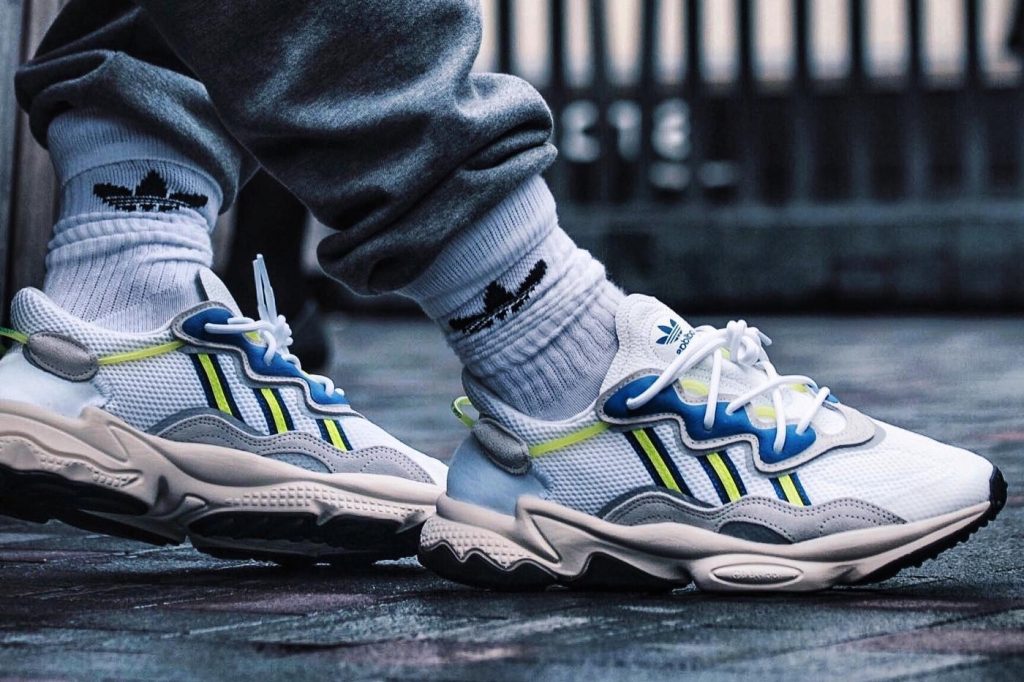
The Bottom Line
Mastering the art of lacing, choosing the right lace length, and using accessories effectively are all crucial for a stellar sneaker experience. Proper lacing techniques ensure your adidas Ozweego fits comfortably and securely, preventing distractions like loose laces that can impact your performance. The right lace length not only enhances the look of your sneakers but also ensures a snug fit that reduces the risk of your laces coming undone.
By paying attention to these details, you’ll elevate your sneaker game and enjoy a more comfortable, hassle-free experience. So, take a moment to adjust your laces, choose the right length, and consider using helpful accessories. Your feet – and your Ozweegos – will thank you.
Frequently Asked Questions
What are some common lacing techniques to prevent slippage?
Try Lock Lacing or Heel Lock for extra security and a snug fit.
What should I do if my laces are fraying?
Use clear nail polish to seal frayed ends or replace the laces.
How can I stop my laces from slipping in smooth or synthetic materials?
Use textured or rubberised laces and try lock-lacing techniques
How do lace locks work?
Lace locks secure lace ends, preventing them from loosening. They are ideal for maintaining a tight fit.
